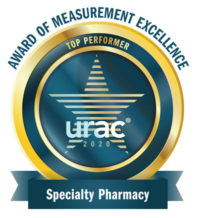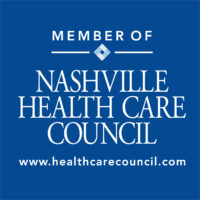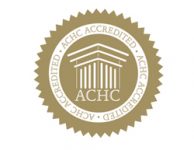By Shane Reeves, CEO of TwelveStone Health Partners
With a Trump administration well into its first 100 days, those involved with post-acute care are busily reading the tea leaves brewing in Washington. Here’s a look at the likely changes coming to the post-acute care landscape:
- Hospitals are in the hot seat; post-acute care must be ready for the downstream effects
Congress is unlikely to fully repeal the ACA, but the individual mandate is certainly on the chopping block. These and other anticipated legislative changes will lead to a rise in the uninsured seeking charity care at hospitals.Readmission penalties will likely increase as a cost and quality control measure. With 11 percent of readmissions driven by medication non-adherence alone, hospitals should look to post-acute care to provide the necessary on-site care coordination needed to keep readmissions in check.
- The move to value-based care continues unabated; bundles and risk reimbursement models are here to stay
According to Modern Healthcare’s1 post-election health care CEO survey, the vast majority of executives are confident the ACA-driven march to value-based care will continue. By some estimates, value based and bundled payment systems will replace the fee-based system in less than 15 years. By 2018, the Center for Medicaid Services announced2 it wants half of all payments to be delivered through alternative payment models like bundles. With private plans following in Medicaid’s bundled payment footsteps, acute and post-acute care providers must work even more closely together to align patient care plans. - Home based care, and the demand for telehealth, will explode
An aging population, many with long term care insurance, will choose to receive in-home care for their chronic care needs, and if indicated, for hospice care. Some of these services, especially for those in rural areas, will be provided via telehealth. Look for new policies to establish authority for non-physician practitioners to certify Medicare coverage, as well as create a stand-alone telehealth benefit for remote monitoring of home-based patients. - The patient as consumer gains momentum
If the individual mandate goes away, Congress will have to devise a way for people to buy insurance and avoid risk plan issues. “If you don’t have an employer mandate and an individual mandate, the market would self-destruct,” says Jim Lott3, a professor of health policy at the University of Southern California and Cal State Long Beach. Allowing insurers to cross state borders to widen their risk pools is one regulatory change under consideration. Tax deductions for health insurance policies and tax-free Health Savings Accounts are also part of the mix. All of these changes drive the patient further into the role of managing their own healthcare spending. As an example, customized packaged pharmaceuticals delivered to the doorstep will change the game by giving patients a new tool that will assist them in adhering to complicated medication regimens and staying out of hospital emergency rooms. - Increasing access to cross-border medication
When US citizens cross the Canadian border to fill prescriptions at half the cost of comparable drugs in their home state, the case for reasonable pricing of drugs comes into sharp focus. On the campaign trail, Trump indicated his support for allowing international medication purchases, which could help moderate pricing in the US. - Scales tip from skilled nursing homes to assisted living and home health
The number of skilled nursing homes in the United States has flat lined at about 15,000. The National Investment Center for Seniors Housing & Care4 reports that skilled nursing home occupancy experienced a significant decline, down to 86.8 percent in 2016. That’s the lowest since 2005. It’s predicted that by 2021, the number of skilled nursing homes could shrink by 20 percent.Currently, 90 percent of skilled nursing home revenues are from Medicare and Medicaid. Look for Medicare and Medicaid to cut costs by shortening patient stays and consolidating or bundling reimbursements. They’re also likely to shift reimbursement to lower cost models such as home care and assisted living facilities.
- Pharmacists address medication non-compliance
Pharmacists, especially those serving the post-acute care sector, must demonstrate their value along the care continuum. That won’t be too difficult. Nearly 50 percent of all medications aren’t taken as prescribed, and by some estimates a third of all prescriptions are never filled. Pharmacists are on the front lines of containing medication non-compliance, which is estimated to cost $100-$289 billion annually.There’s much more to be deciphered once a Trump administration is fully underway. One thing is clear: acute and post-acute providers will need to coordinate care more than ever before. Beyond that imperative, the only certainty is a continuation of change—and a lot more of it.
2 https://www.cms.gov/Newsroom/MediaReleaseDatabase/Press-releases/2017-Press-releases-items/2017-01-18.html
3 http://www.fiercehealthcare.com/finance/suddenly-it-s-much-darker-california-dreaming-may-be-one-silver-lining
4 http://www.providermagazine.com/news/Pages/2017/0117/Occupancy-Rates-For-Seniors-Housing-Remain-Steady-NIC-Report.aspx
Email Us. We welcome your comments.














